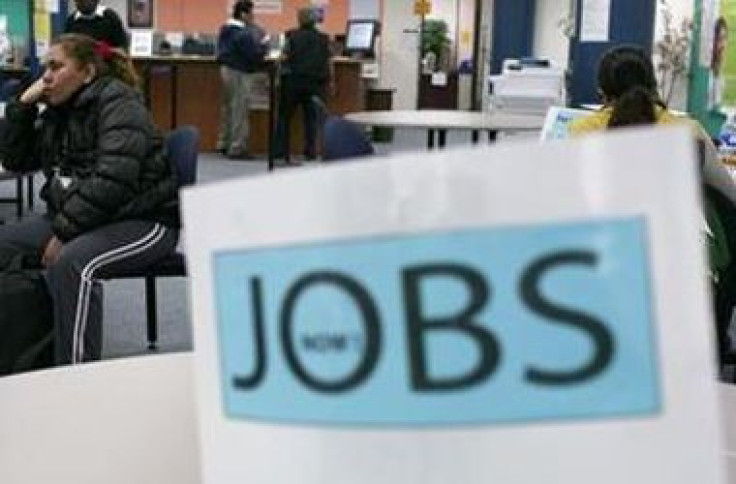July Jobs Report: Falling US Unemployment Rate Masks Larger Labor Market Issues As Participation Rate Remains At 30 Year Low [VIDEO]

This week has been a busy one for Wall Street, with all eyes now on the highly anticipated jobs report for July. So far this week, economists have sifted through various earnings reports, a Fed meeting and second-quarter gross domestic product (GDP).
The Federal Open Market Committee (FOMC) released a statement Wednesday saying the Federal Reserve plans to continue its current monetary policy for now, giving mixed clues as to when the central bank will taper its $85 billion-a-month bond-buying program. Although there was little change to the Fed’s announcement from previous ones, the central bank did slightly downgrade its economic outlook, saying that the economy was expanding at a "modest" pace, a change from the "moderate" pace seen in June.
The Commerce Department’s initial reading on second-quarter GDP on Wednesday revealed the U.S. economy grew at a 1.7 percent annual rate in the second-quarter, up from a 1 percent estimate projected by analysts polled by Bloomberg.
Now economists will look ahead to Friday’s monthly employment report from the U.S. Labor Department. The U.S. economy is expected to have added 185,000 jobs in July, according to economists polled by Reuters, down from the 195,000 jobs created in June. The unemployment rate is expected to tick down to 7.5 percent in July from 7.6 percent the previous month.
Nonfarm payrolls and the unemployment rate for July will be issued Friday at 8:30 a.m. EDT.
The labor force participation rate for June came in at 63.5 percent, the lowest since 1979. Jonathan Corpina, senior managing partner with brokerage firm Meridian Equity Partners Inc., spoke to the International Business Times regarding sentiment ahead of Friday's jobs report, and how the unemployment rate is masking lager structural issues as the participation rate remains at a 30-year low.
© Copyright IBTimes 2024. All rights reserved.












